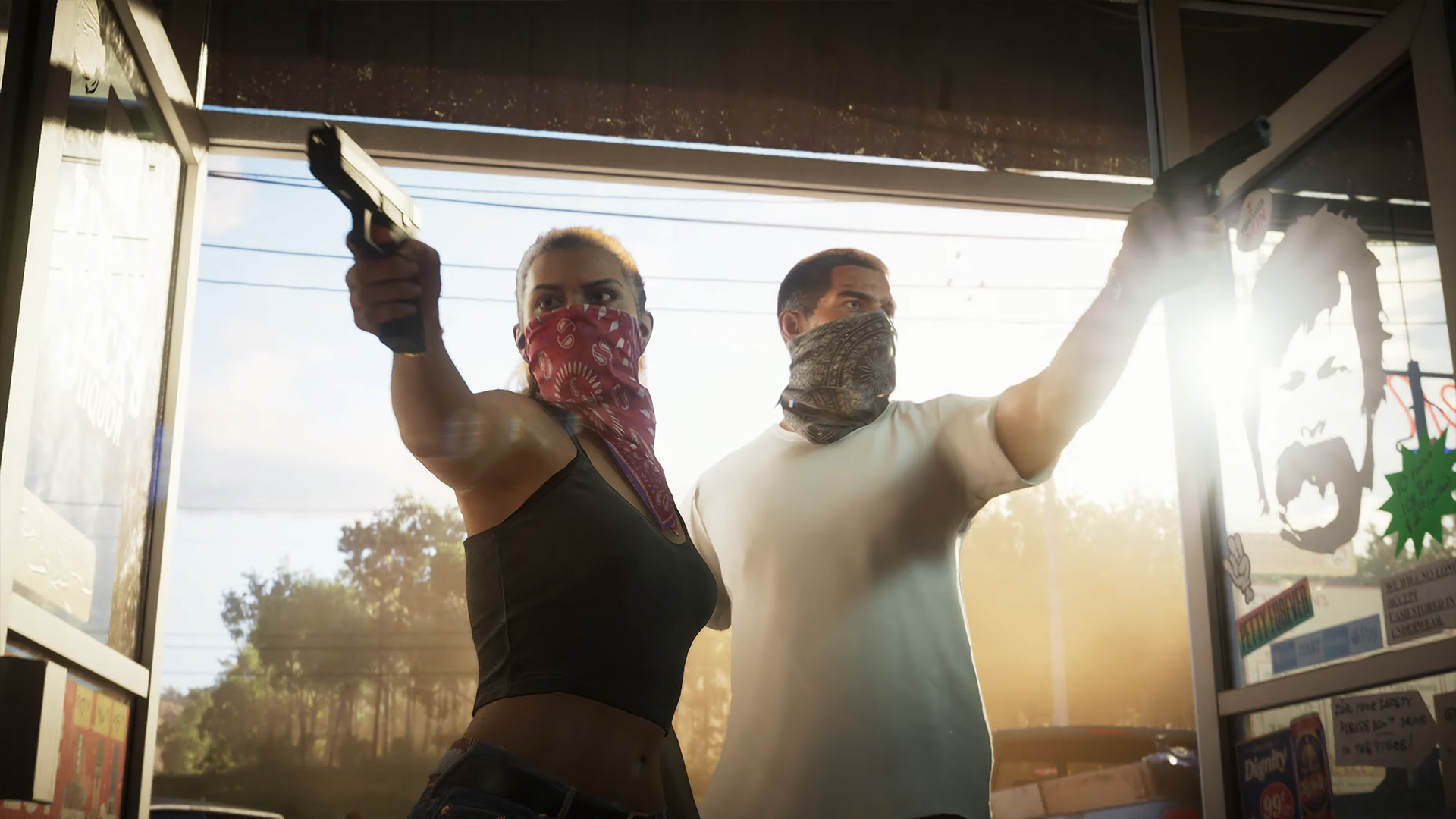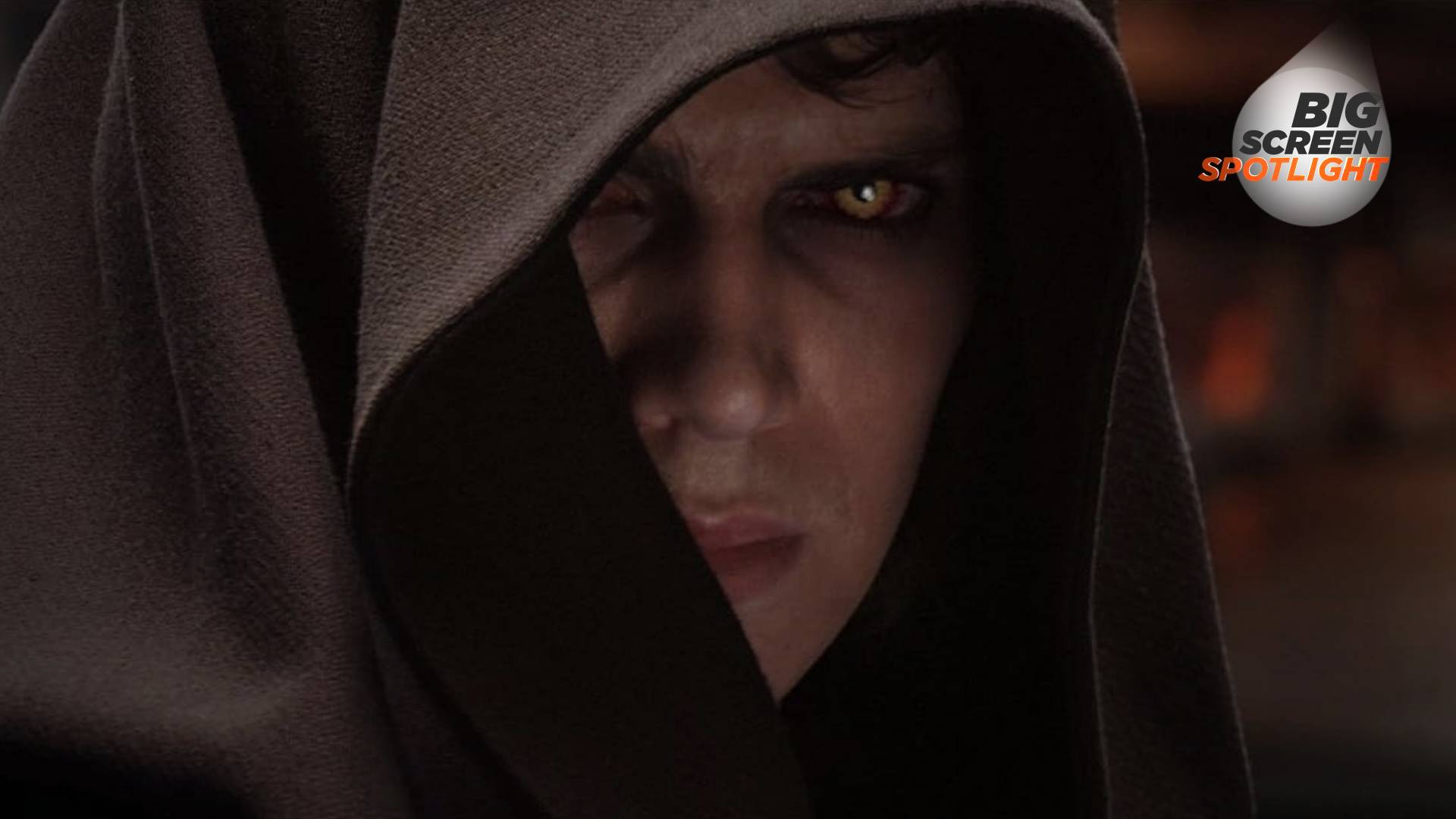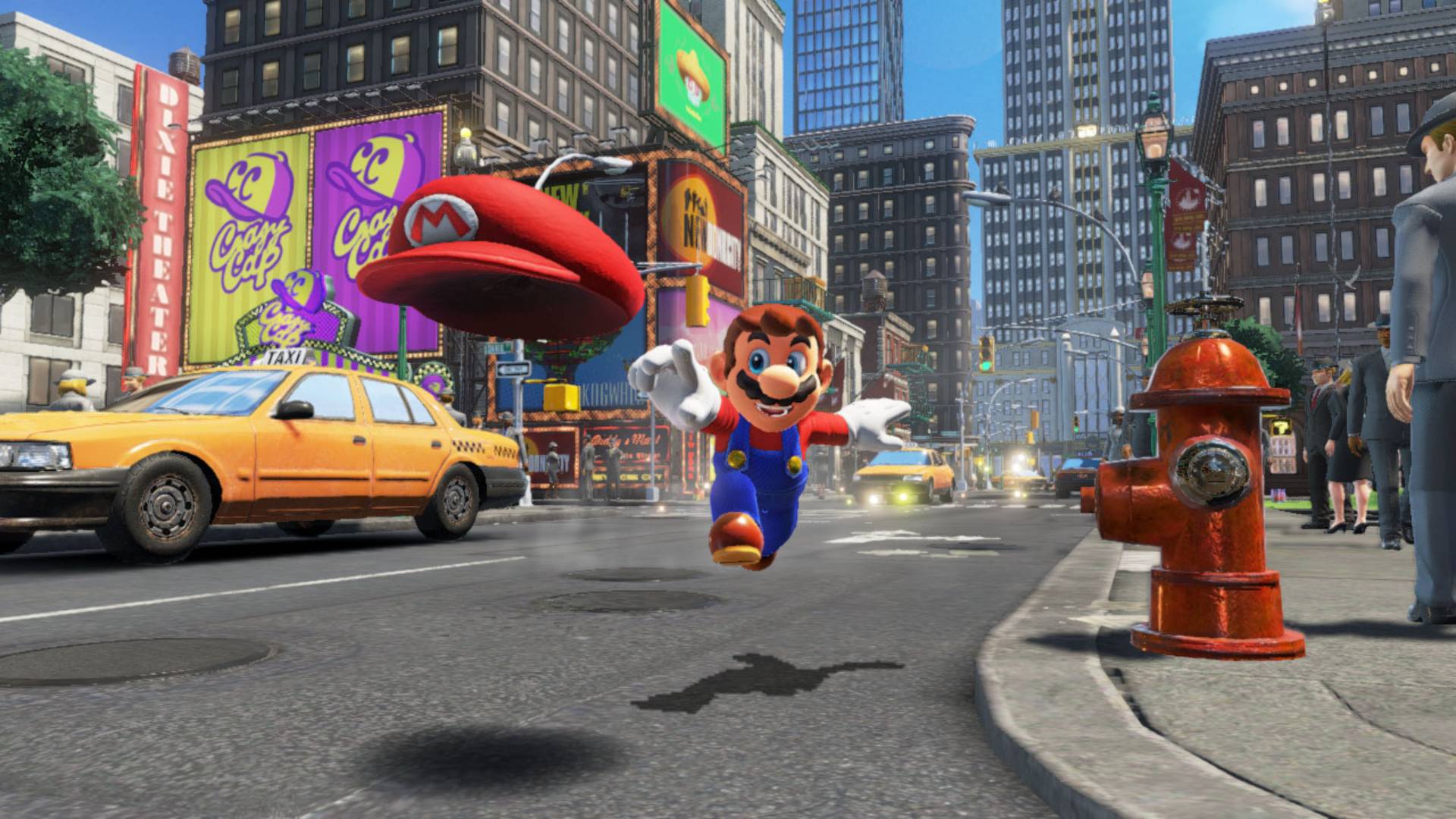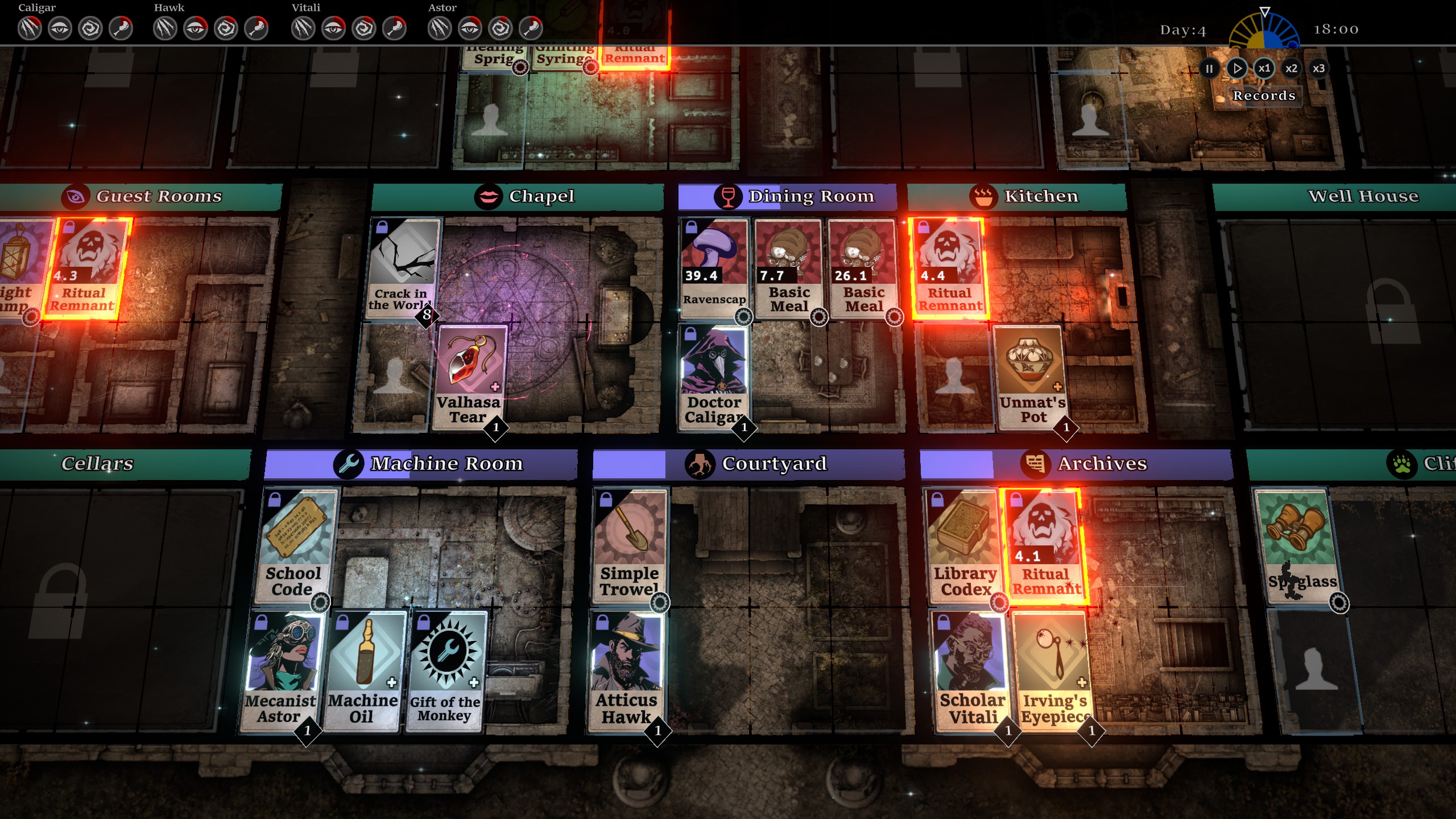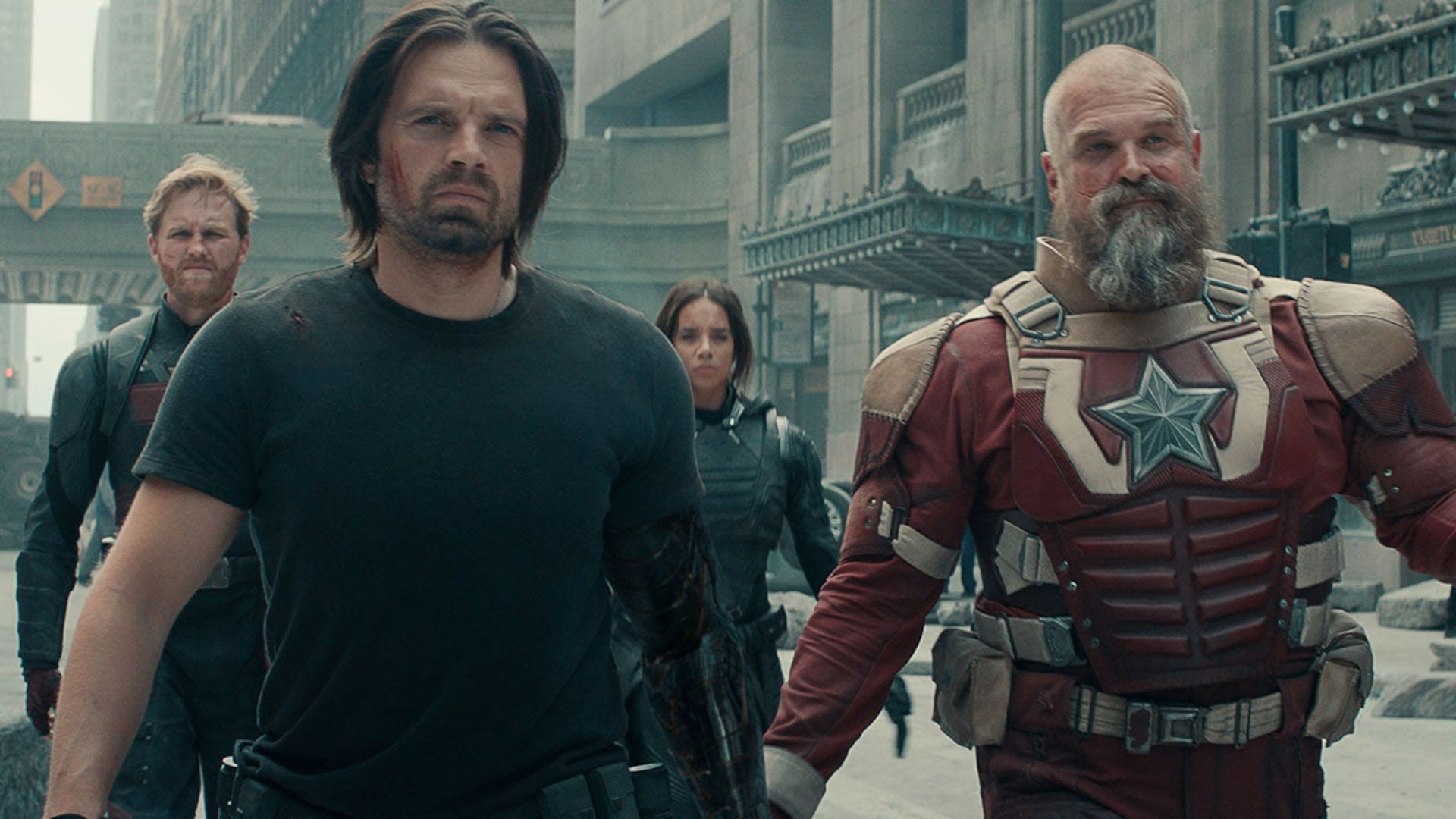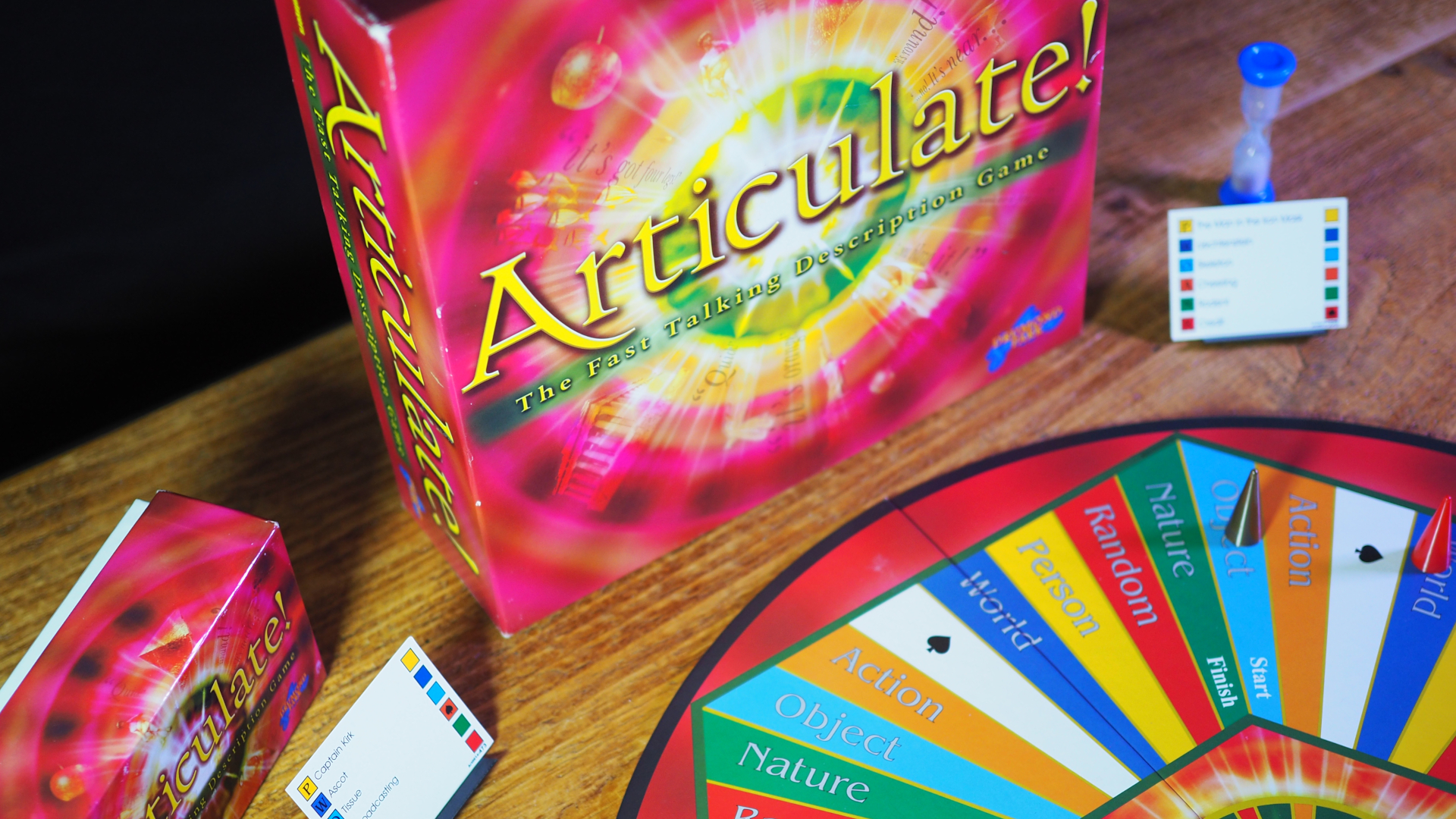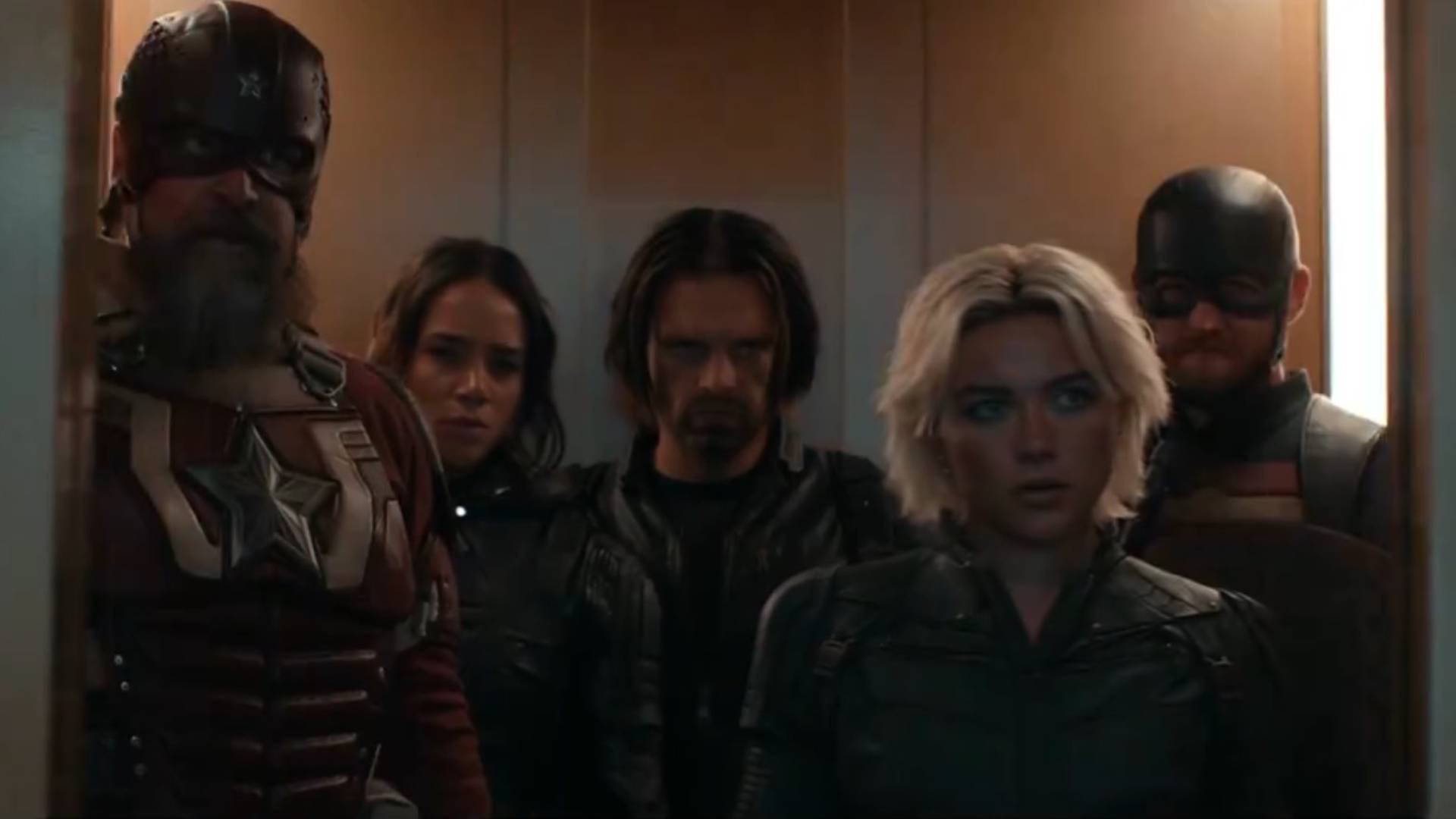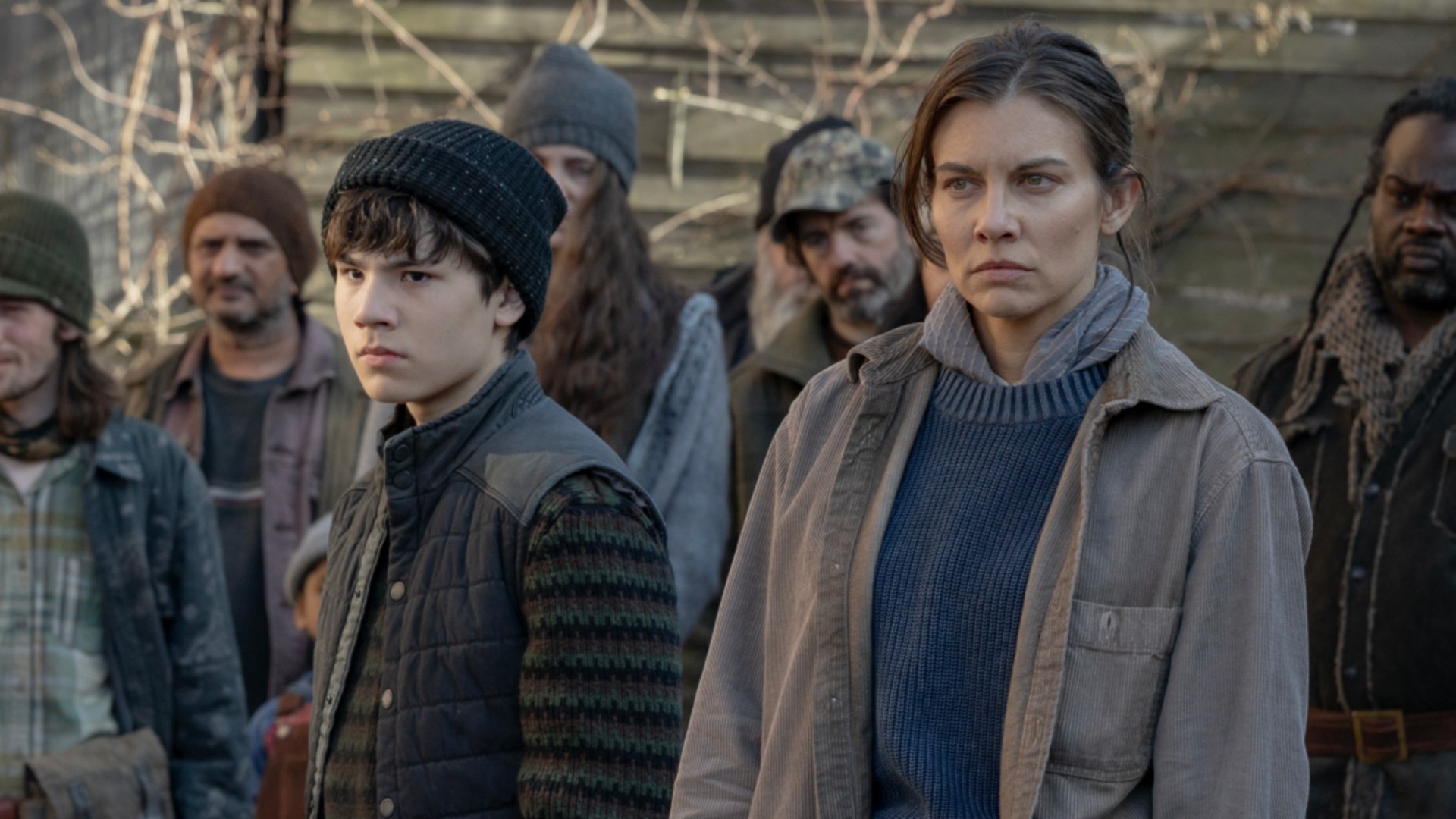When you purchase through links on our site, we may earn an affiliate commission.Heres how it works.
Eric M. Lang has basically seen it all when it comes to board game design.
With literal decades of experience and countless projects under his belt, the Canadian defines ‘prolific.’
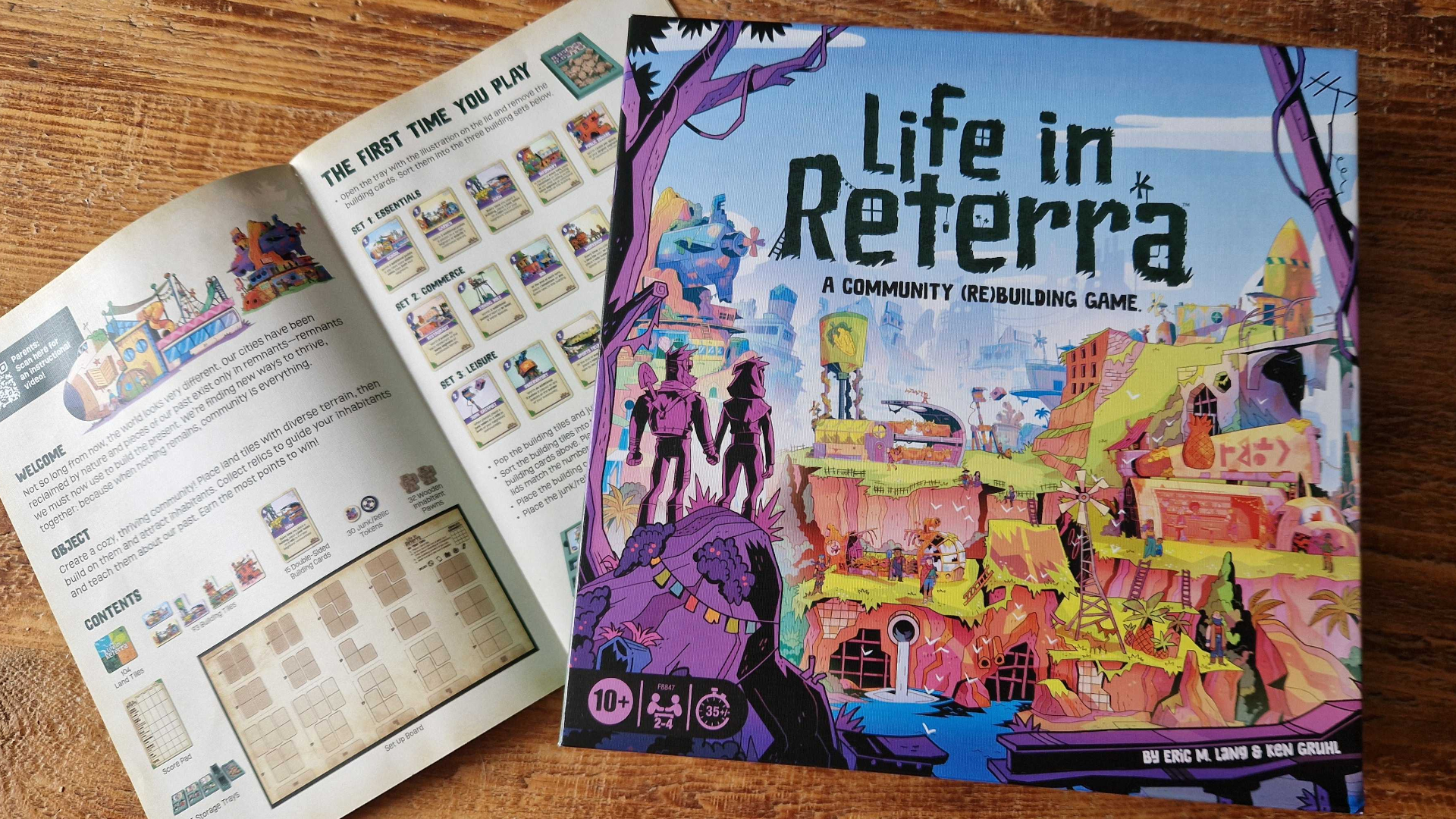
“It changed my life.
It gave me the idea of ‘oh my God, games can be so much more.’
They can be bigger than the box they’re a lifestyle.”
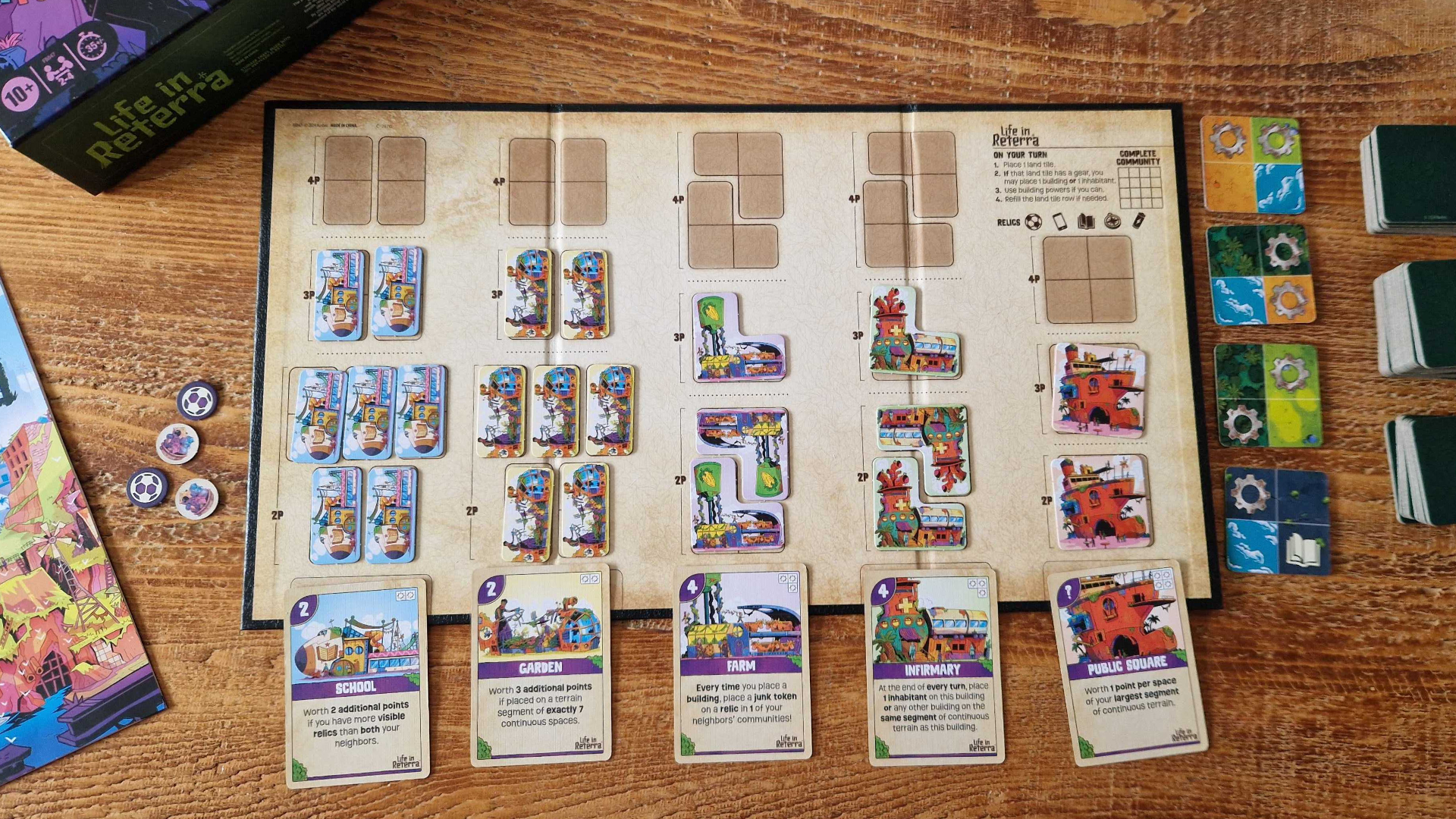
Lang thinks he may finally have cracked that ambition… and with a game he always thought was impossible.
“What do you got?”
If Lang had an origin story, it’d start with what he describes as “bad” games.
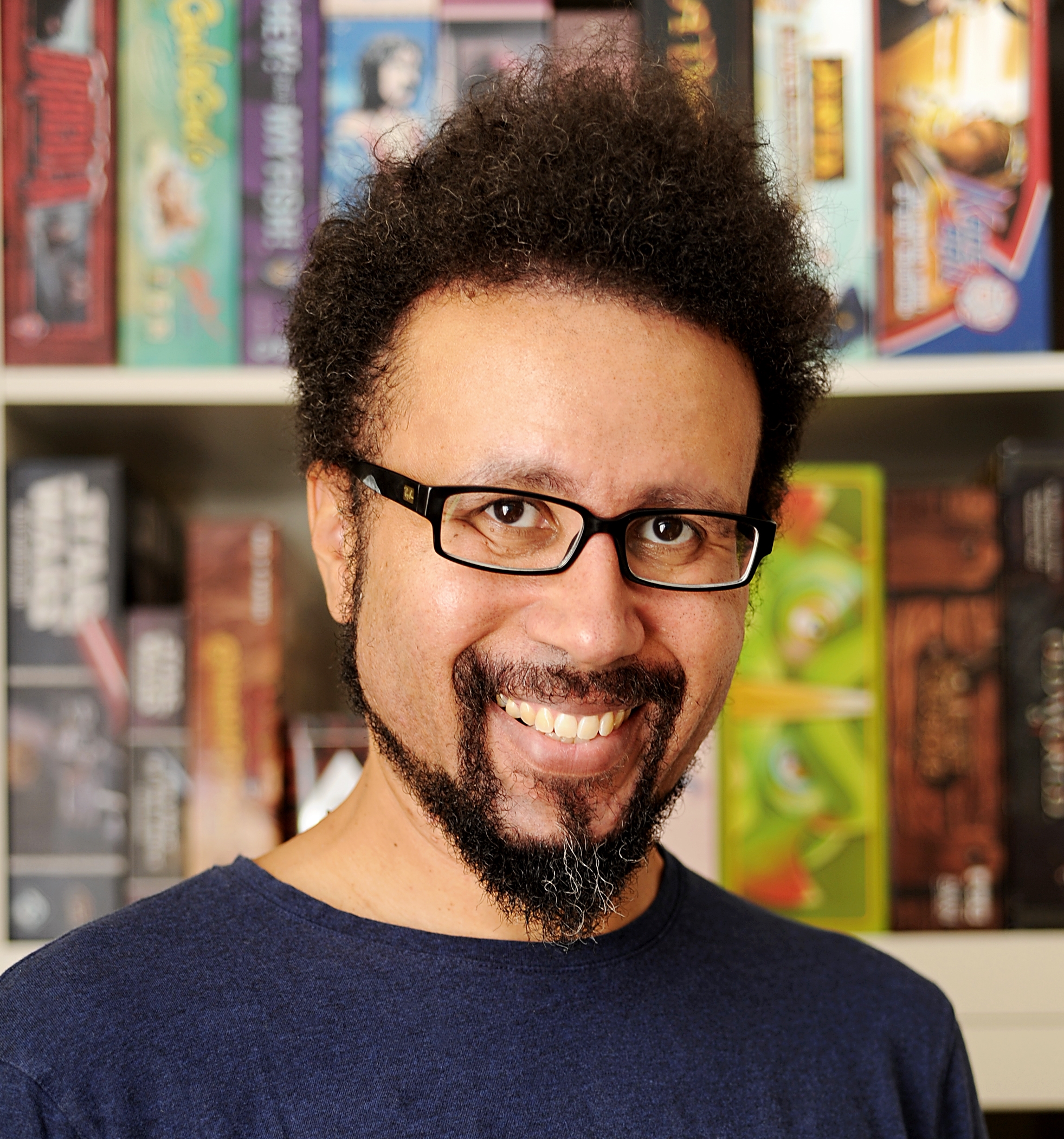
So naturally, he tried to fix them.
“I’d modify them,” Lang tells me.
“And I just caught the bug already back then.
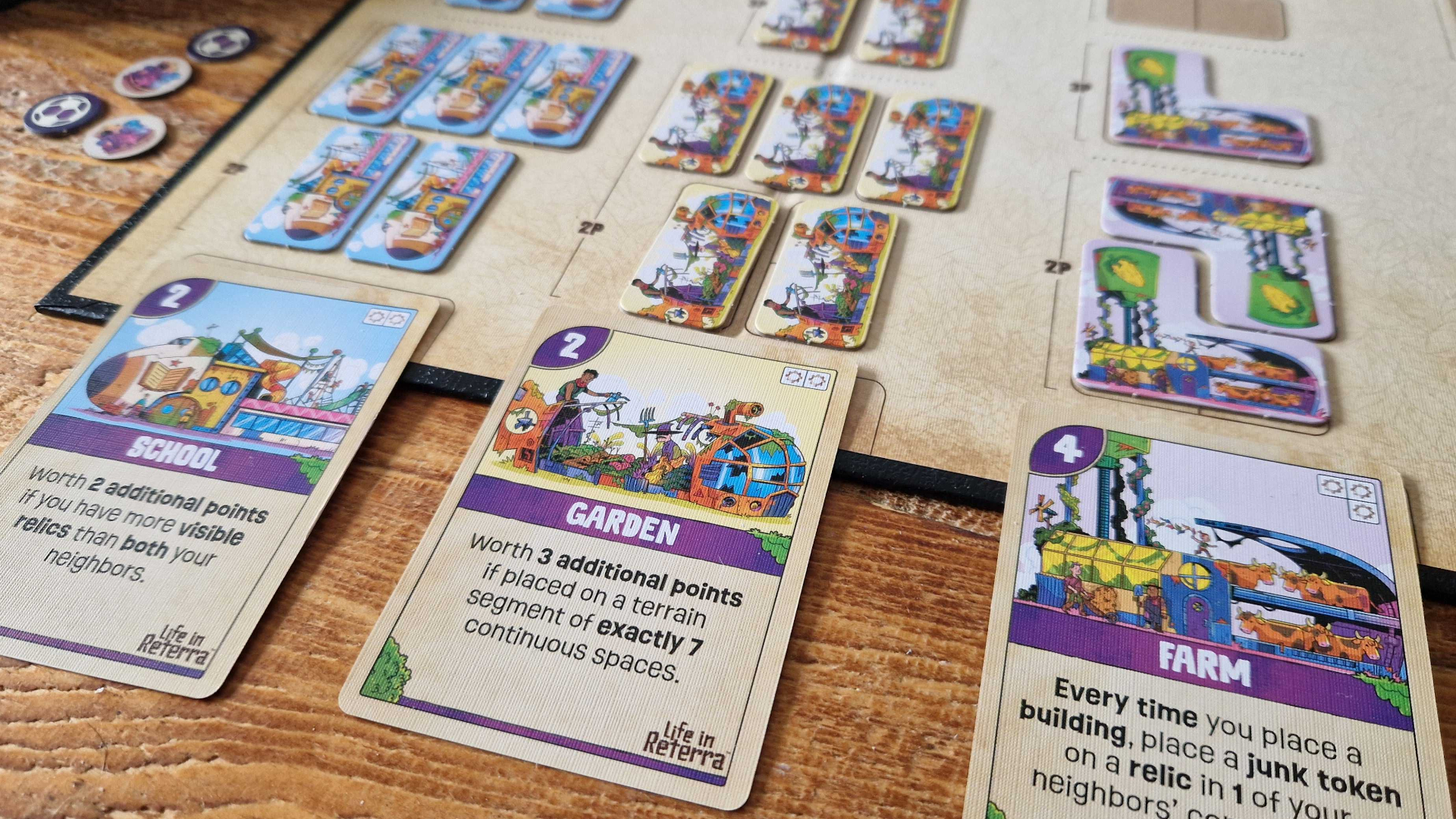
I designed, like, 20 roleplaying games [as a child].
I discovered Magic: The Gathering, and that changed my life.
[I decided] I wanted to be a game designer right then.
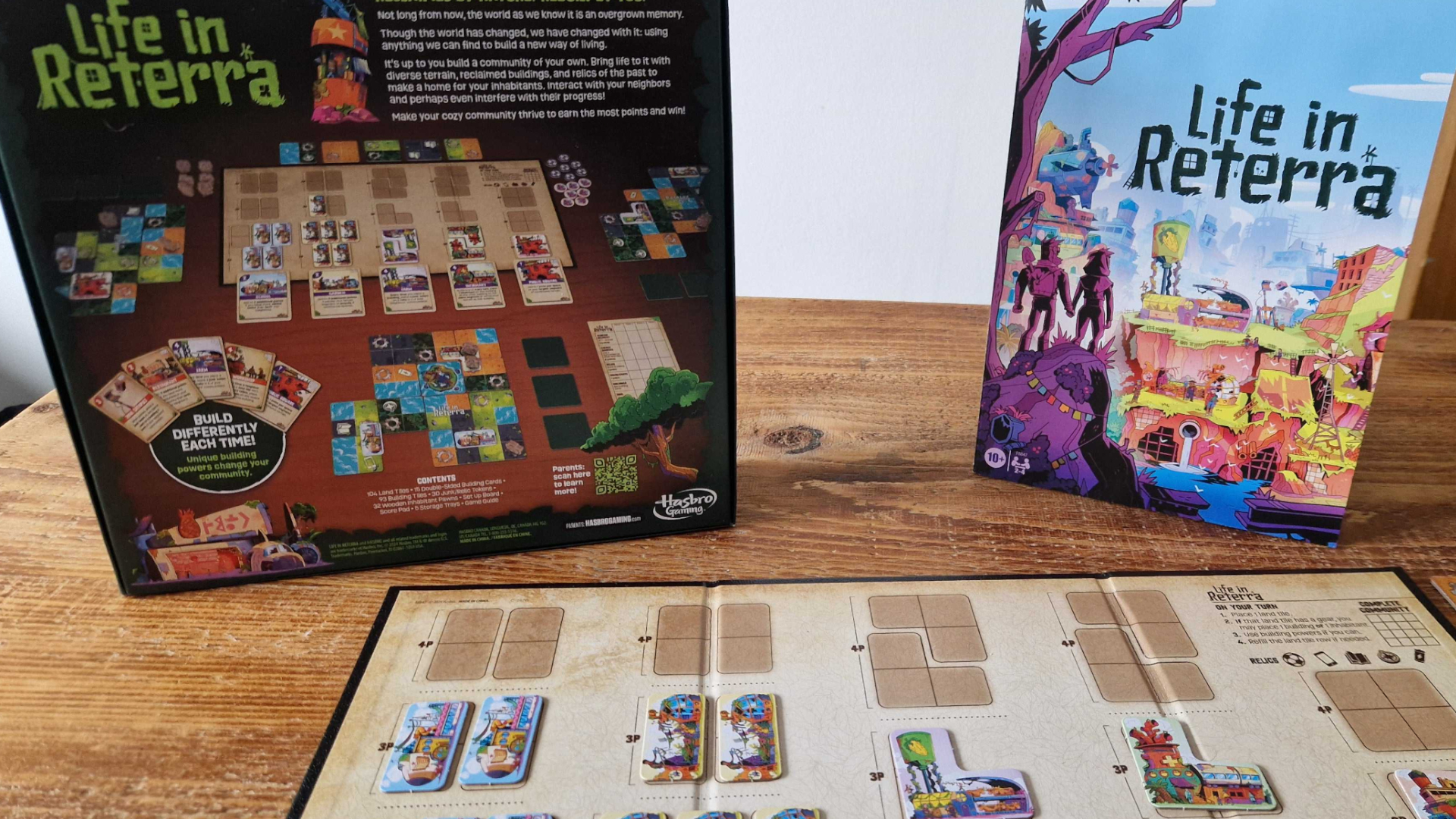
So I basically got all my bad stuff out of the way!”
The moral of the story?
Keep busy, clearly.
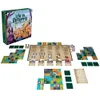
But also, don’t close doors.
From there, he went to CMON and started making “big box games beyond my wildest dreams.”
Lang has created over 100 board and card games in the past two decades.

it’s possible for you to find him on Twitter@eric_lang.
However, there was still something Lang hadn’t tackled yet something that niggled at him.
“I needed to get back to my roots a little bit,” he says.
I felt like the last game in my trilogy, that was a good stopping point for now.
I was like, I’m not going to do better than this, at least now.
So then I was excited to reconnect with my roots, all the games I grew up with.
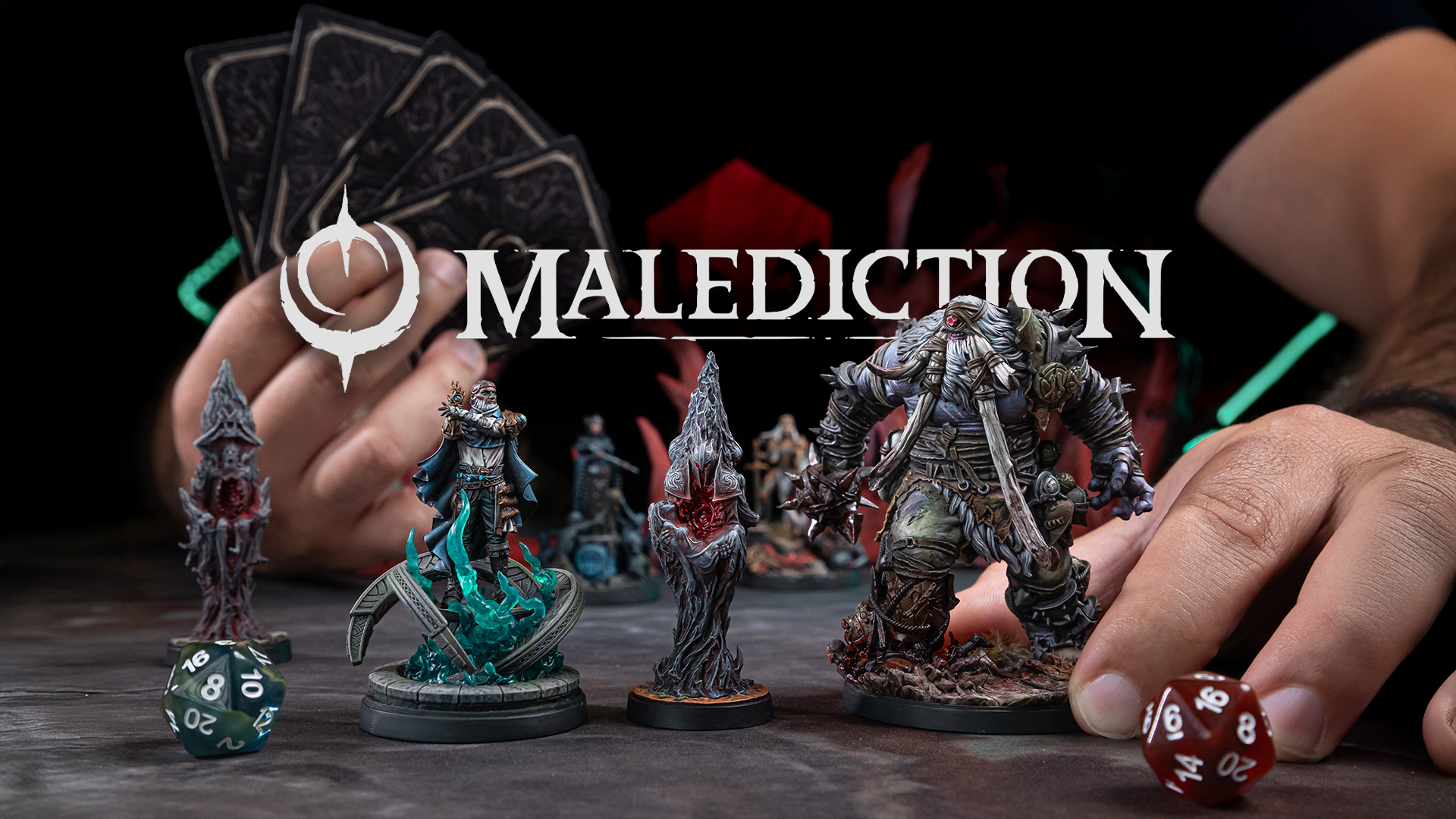
I still love those games.
So I worked with Exploding Kittens for three years, doing nothing but party games.
It’s been life changing, amazing, and refreshing."
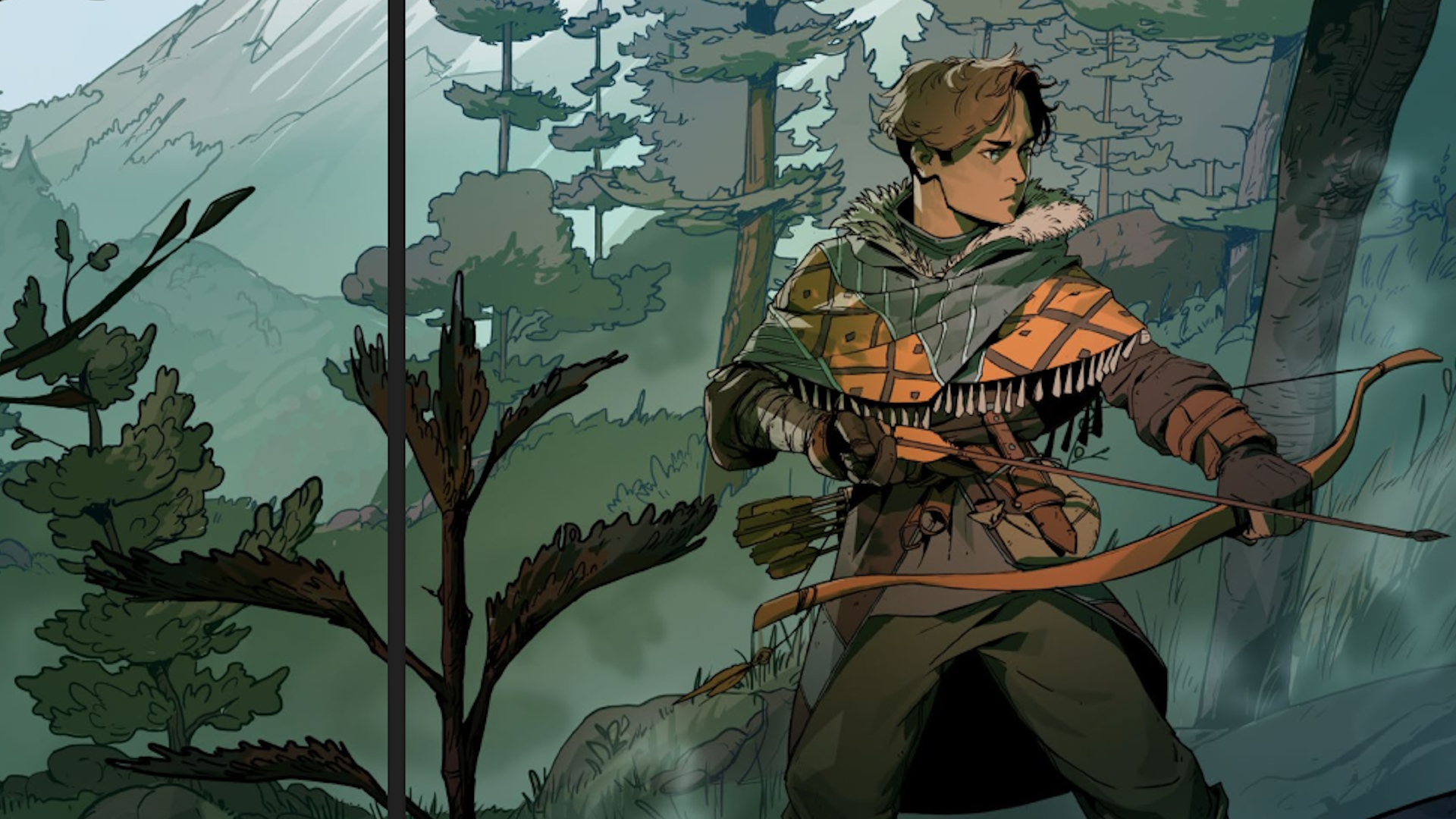
As countless movies have taught us, though, grizzled veterans can never ride off into the sunset.
Not fully; it’s only a matter of time until they get drawn back in.
What do you got?'"
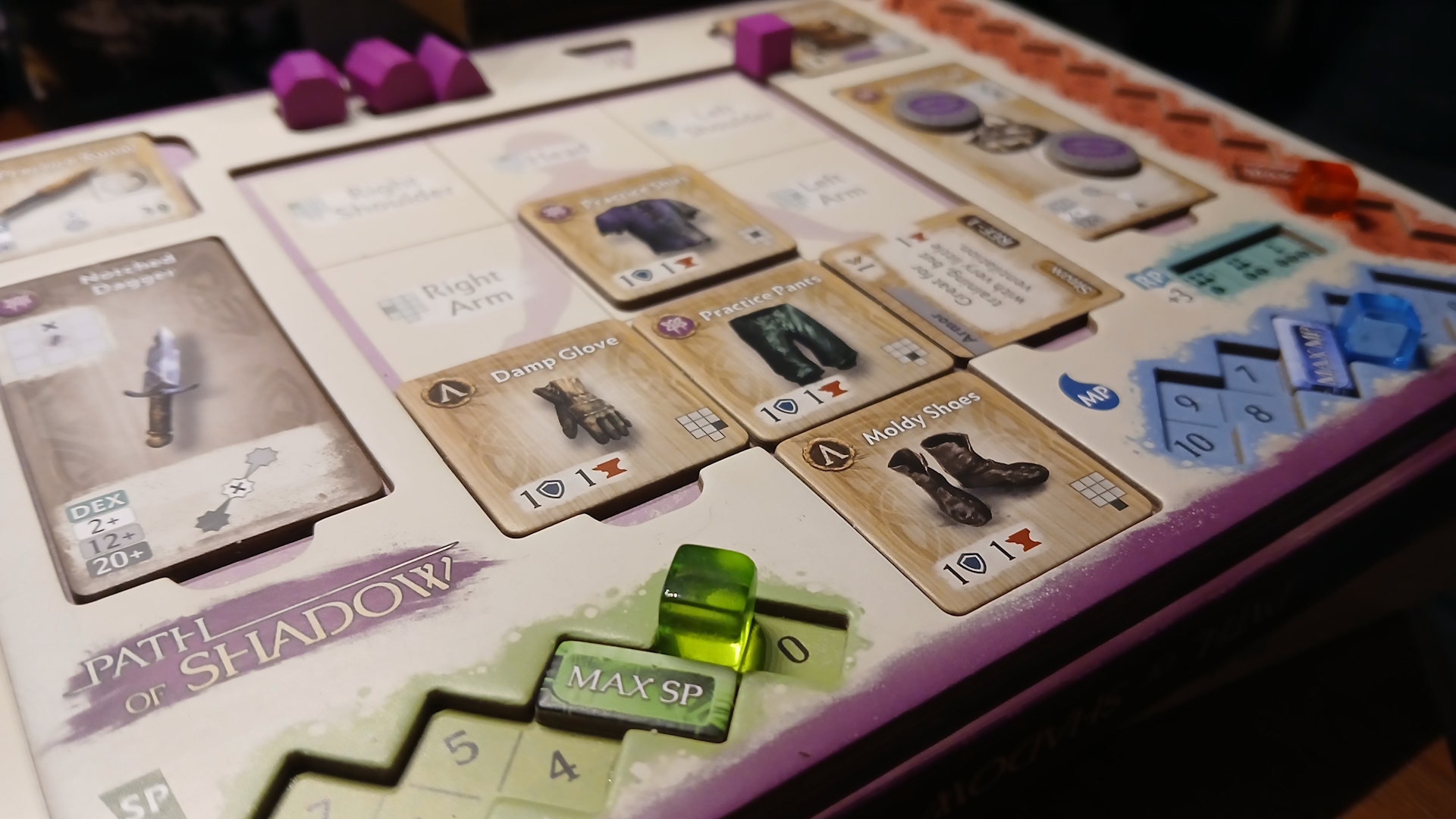
What he had was a little game called Life in Reterra.
Yes, civilization ended but it’s not a miserable ode to how much everything sucks.
Instead, nature has reclaimed the landscape and folks are working together to rebuild society.
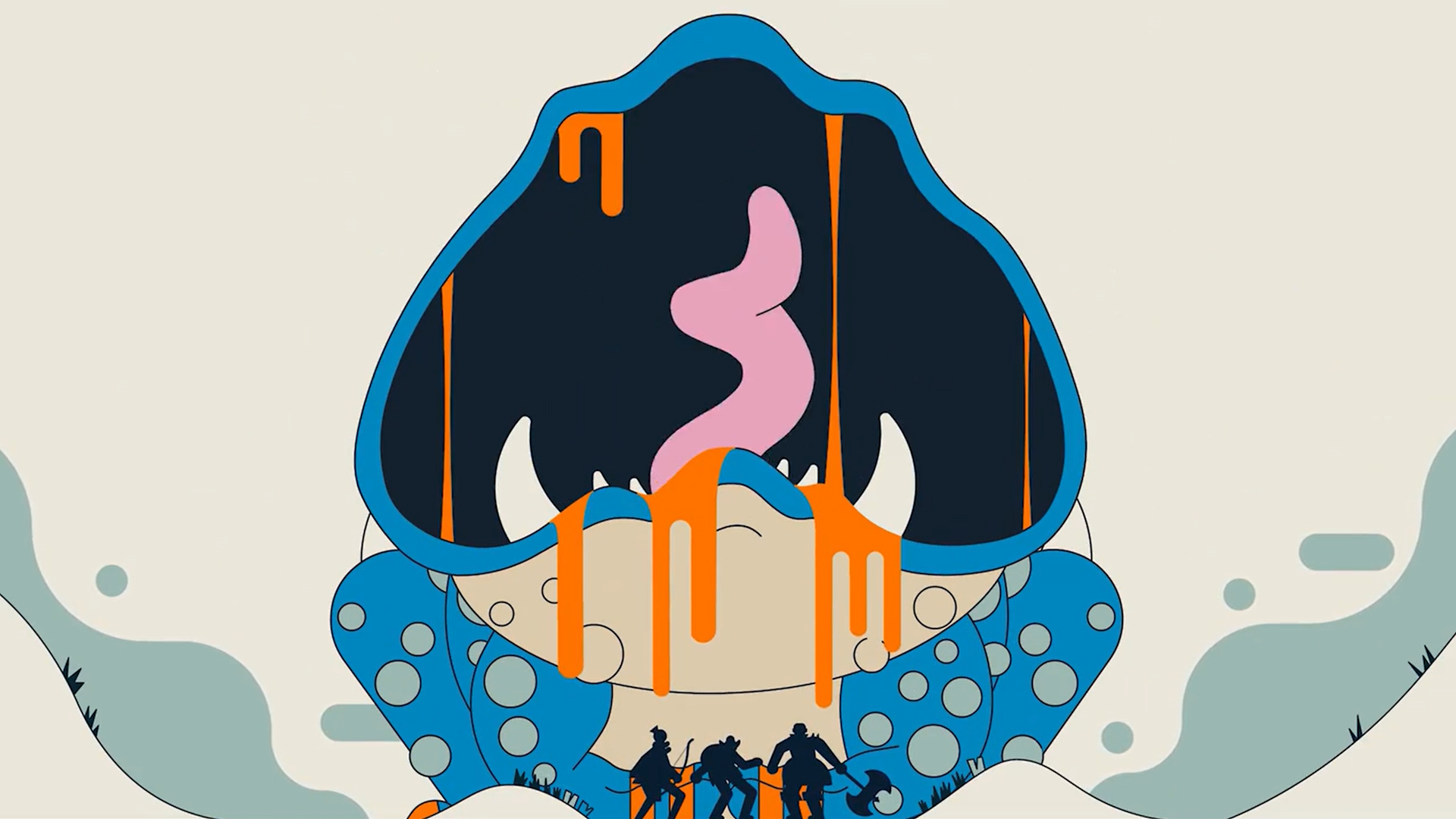
“The seed was planted 10, 15 years ago.
But it was always nebulous,” he tells me.
“I thought it was impossible.
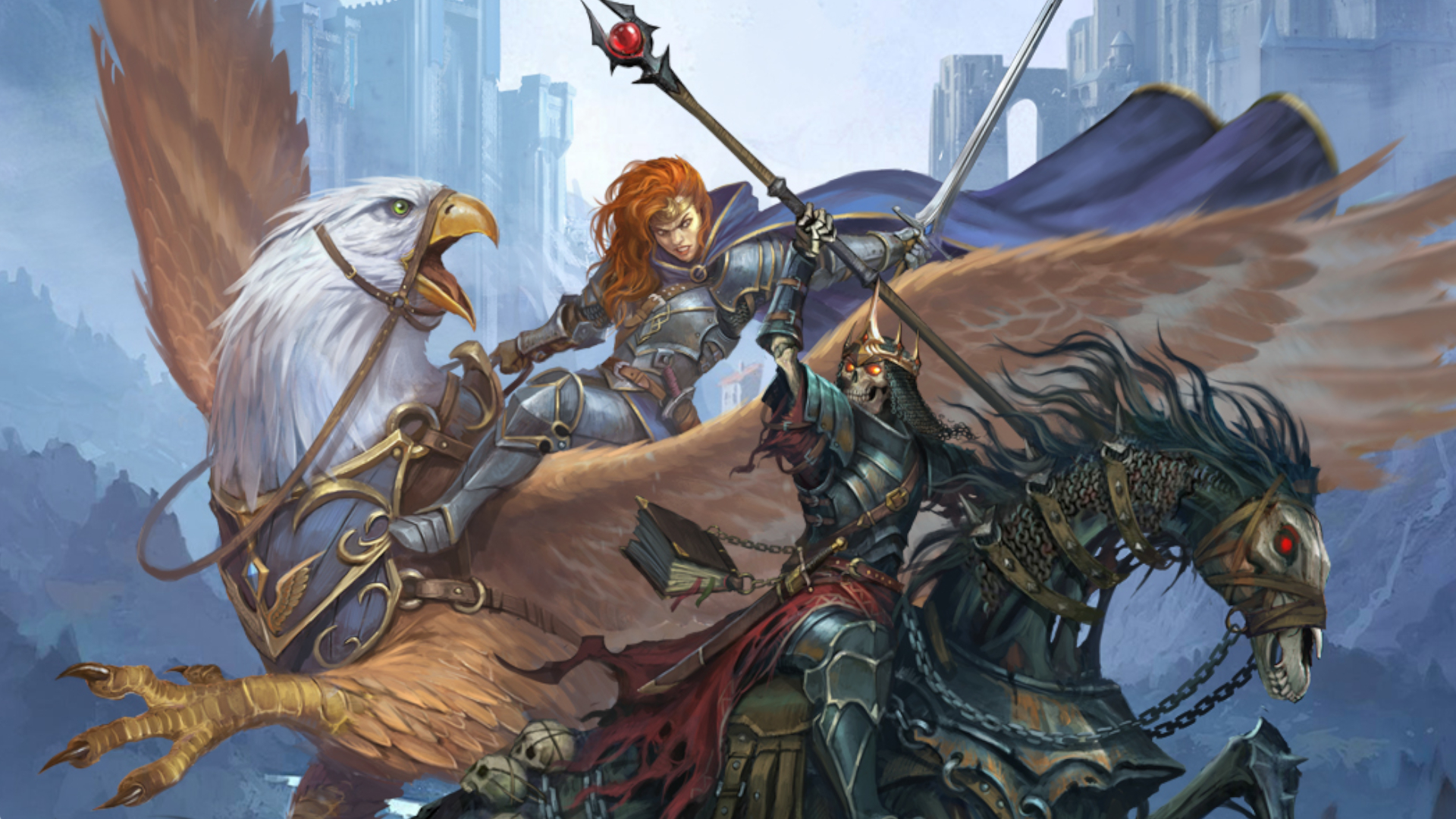
Because I know a lot about the broad market, and they’re price sensitive, right?
Funnily enough, Hasbro didn’t either.
But to Lang’s surprise, it refused to compromise on that vision as well.
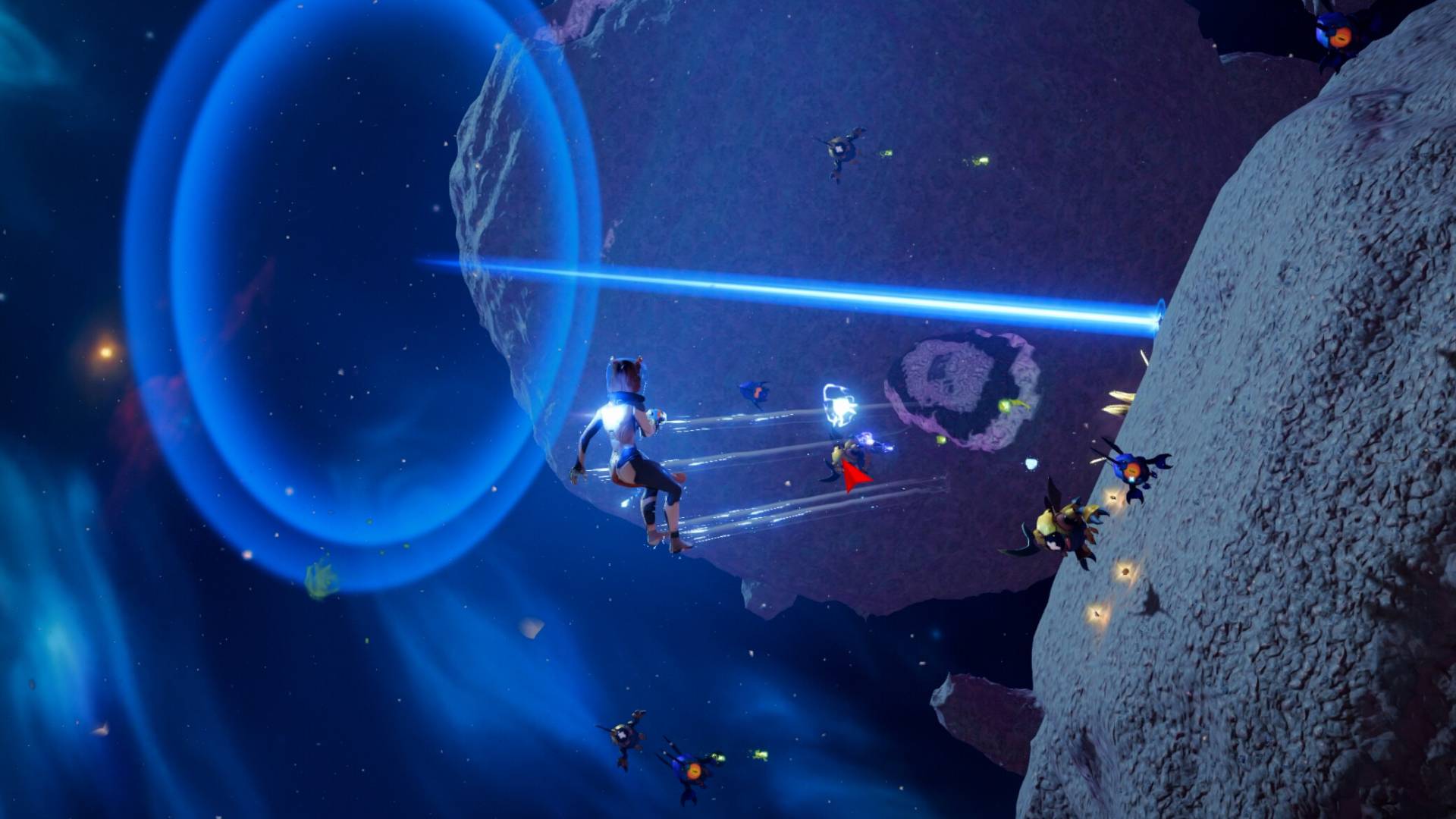
In fact, a lot about Life in Reterra can be put down to Hasbro Games.
The ‘cozy-pocalypse’ vibe was a major change to the original pitch, for instance.
(“They poured so much passion into it,” Lang notes.)
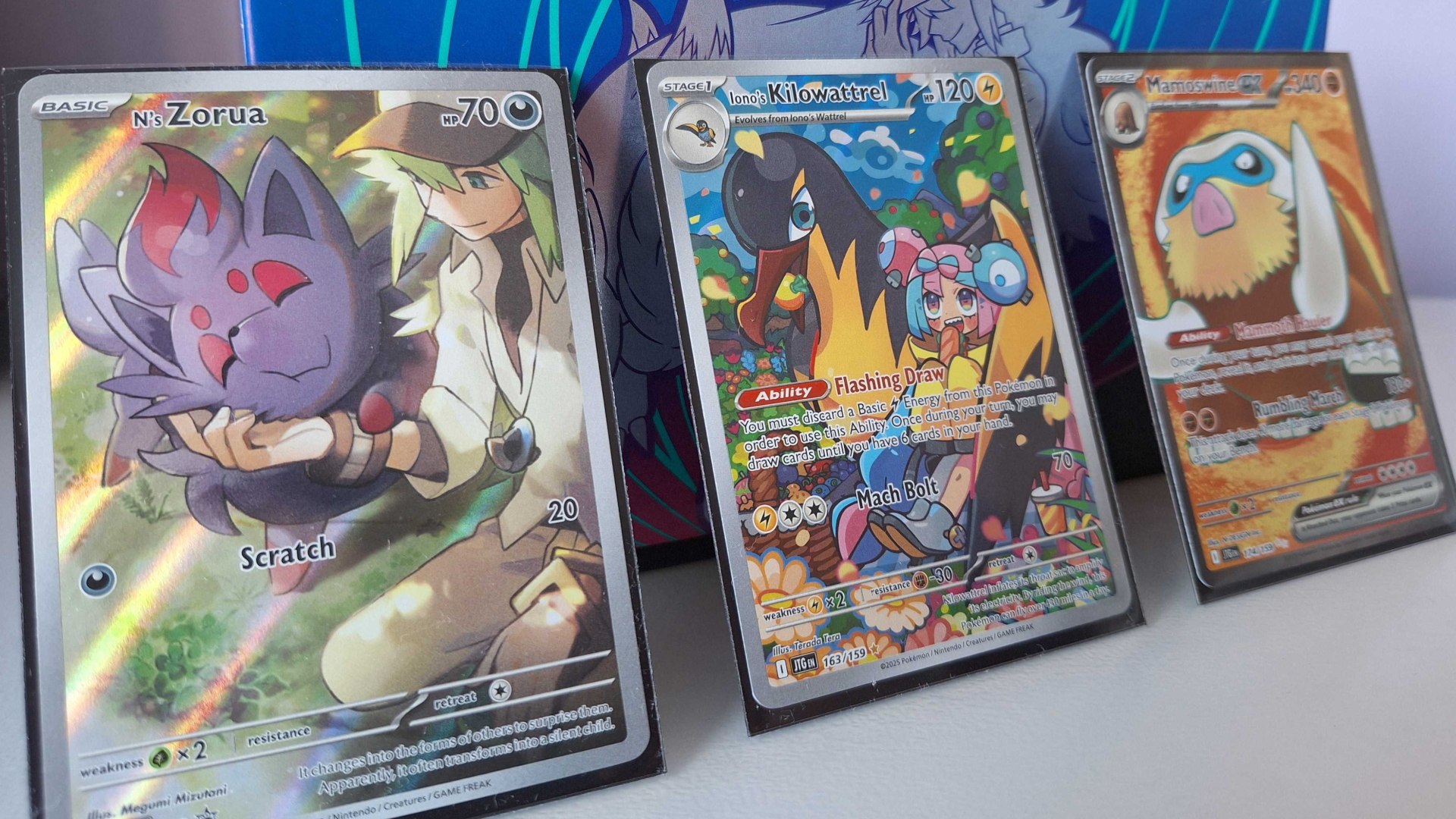
“Believe it or not, after a year of development, we upscoped it.
Hasbro went, ‘oh, you could do more than that,'” Lang says.
This means that Lang and Gruhl “designed way too much stuff” for the game.
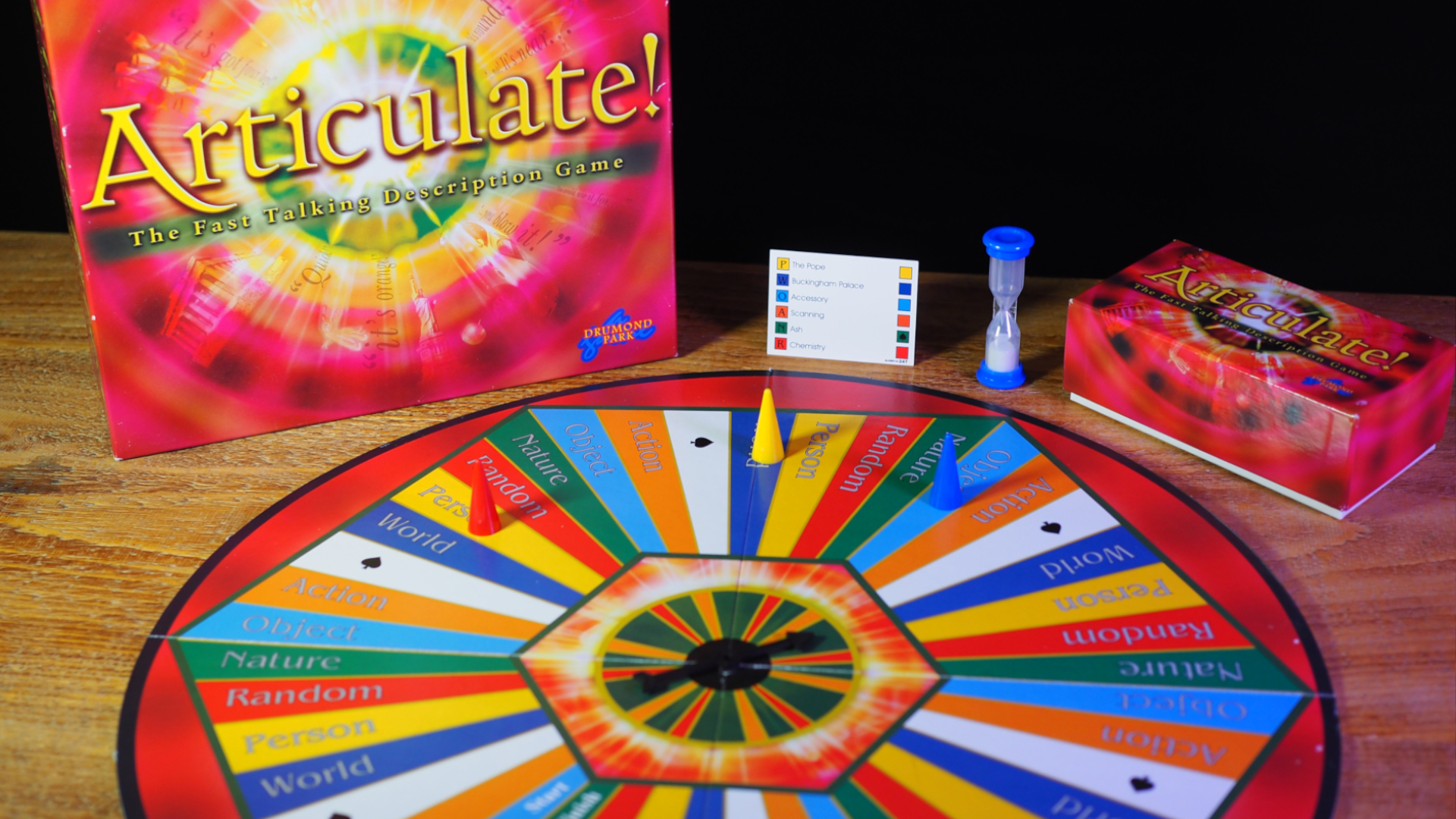
Still, the central concept of respecting a player’s intelligence remained.
Indeed, Lang wanted to treat the audience “with respect rather than design down to them.
You don’t have to dumb down to design for mass market.
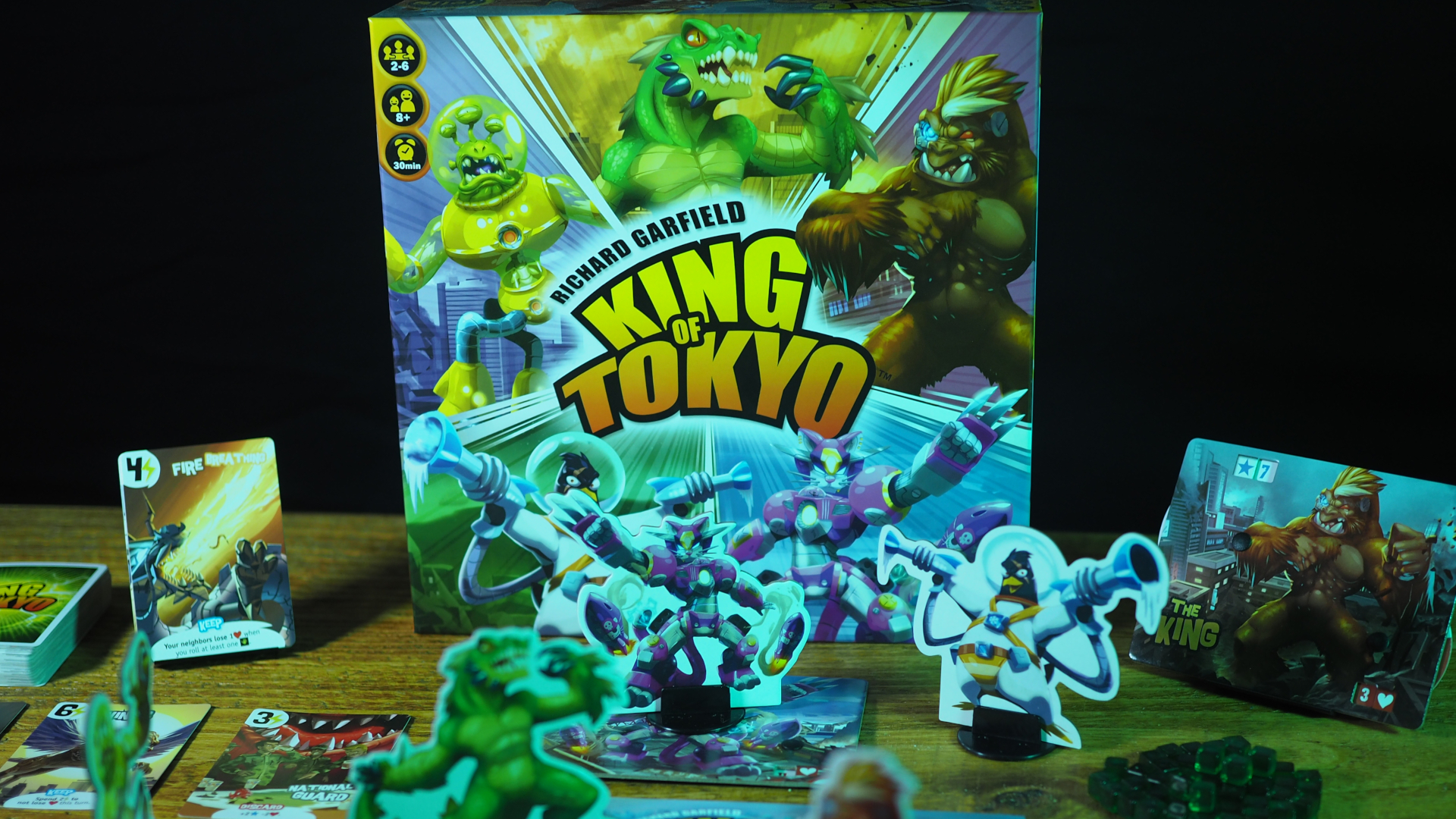
Most people are open to a deep, rich, discoverable experience.
Video games prove that.
Fortnite, Minecraft, are the biggest video games out there.
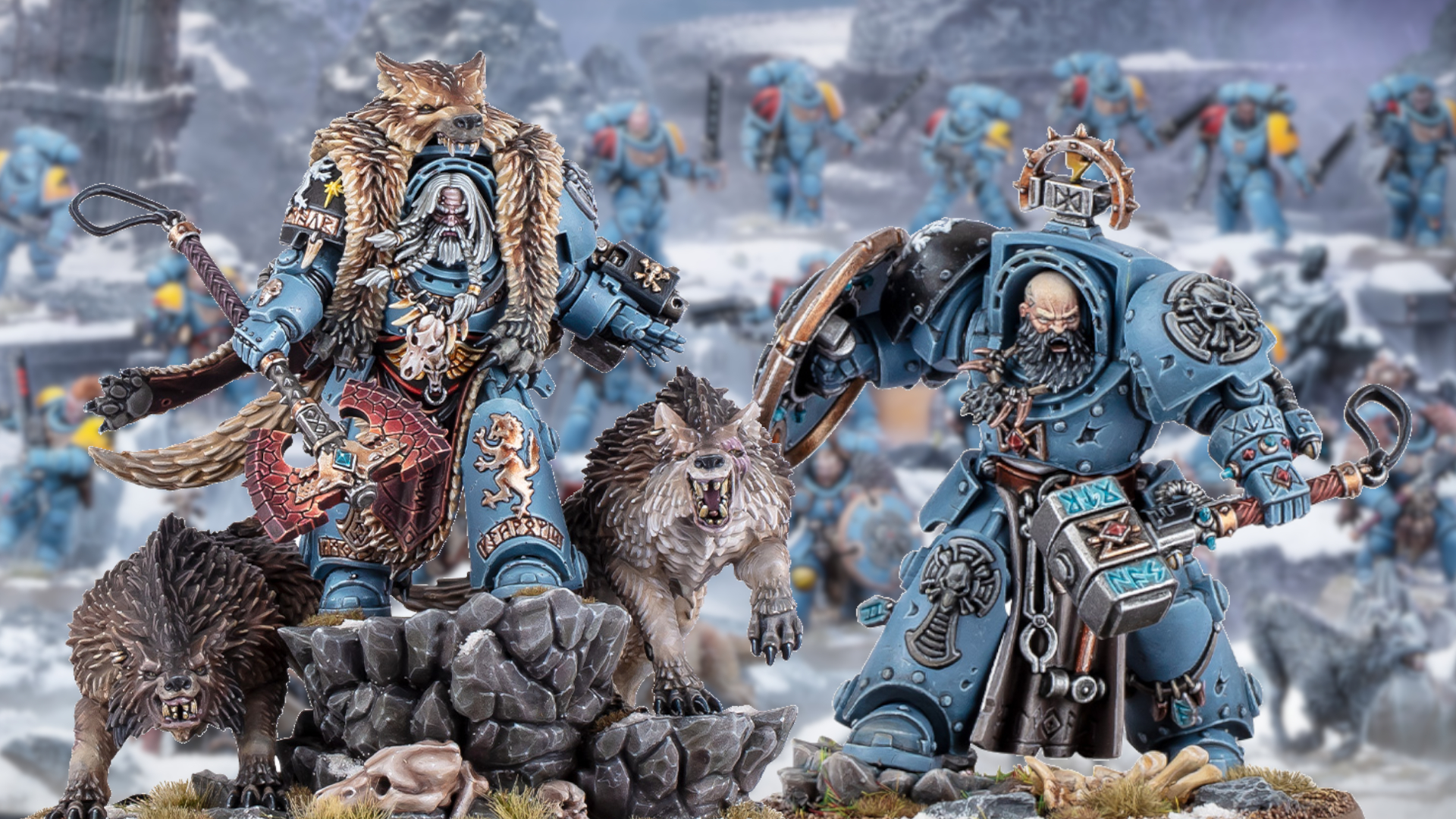
They’re incredibly deep video games.
So the idea of mass market ‘being simple’ is bullshit.
“If this is the game that gives you your D&D moment, welcome.
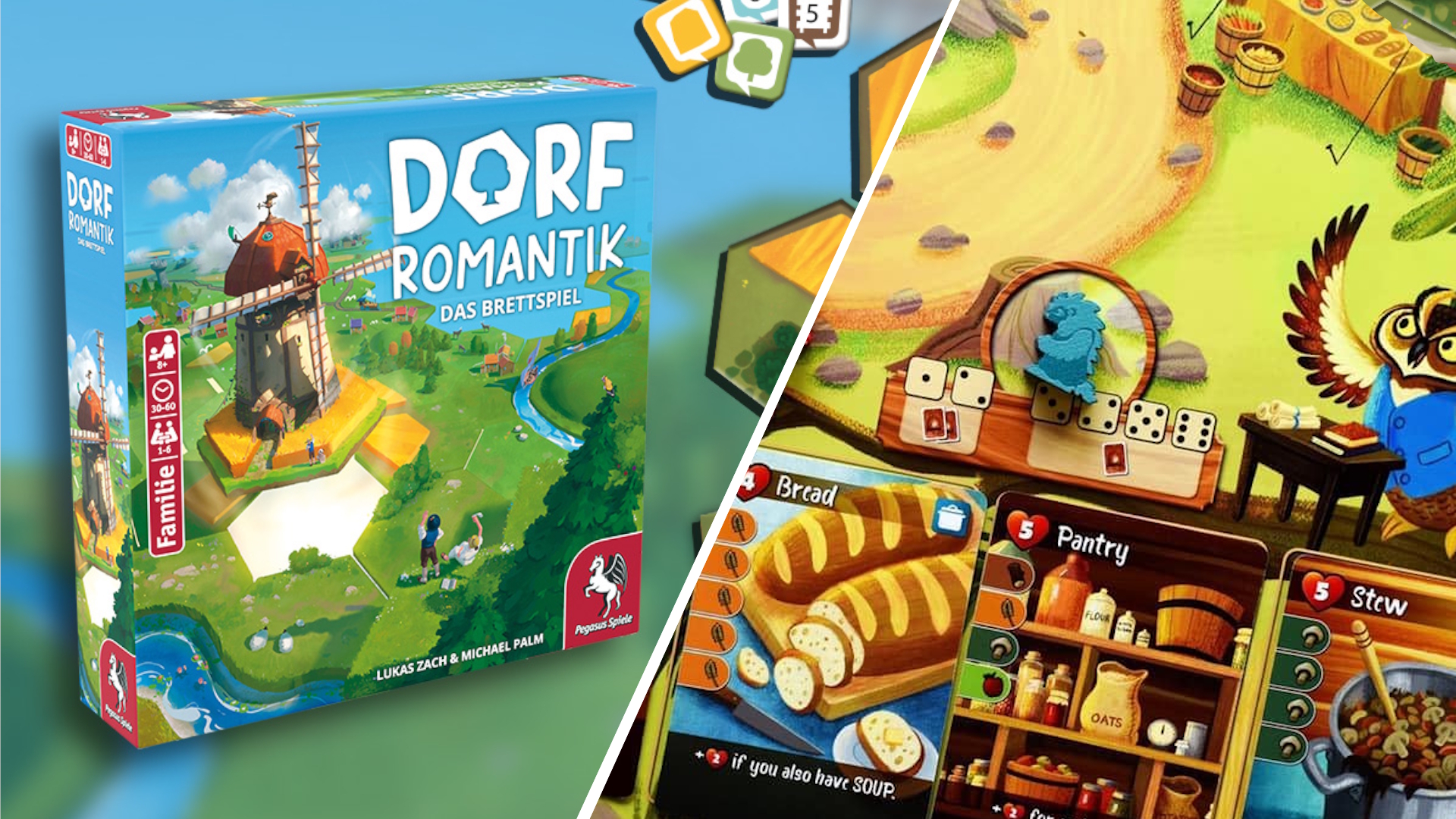
It’s a lifestyle, and it’s the best hobby you’re ever gonna have.
I’m humbled to be able to bring that to you.”
Want something to play next?

Check out thebest tabletop RPGs, or these must-have2-player board games.
